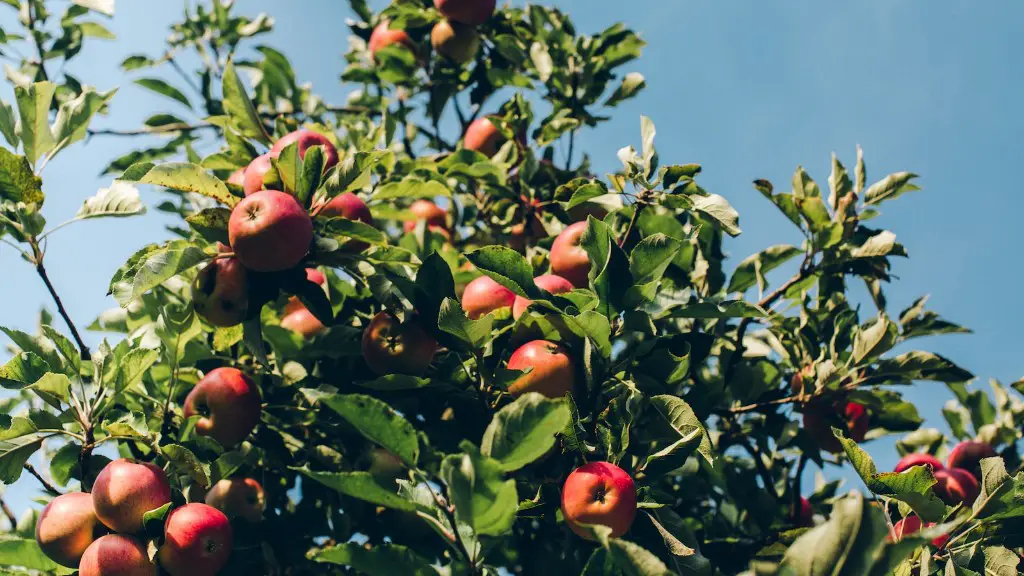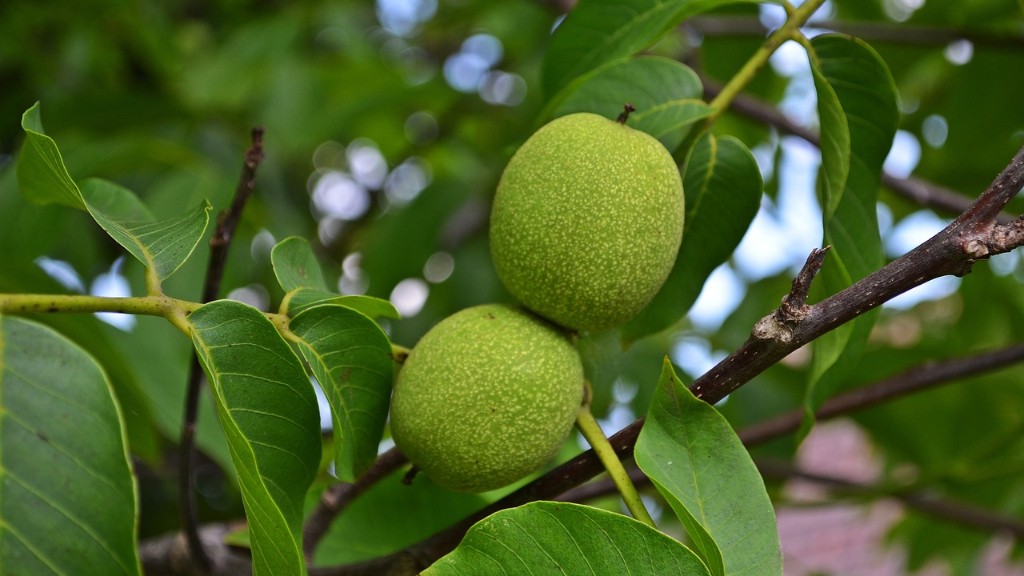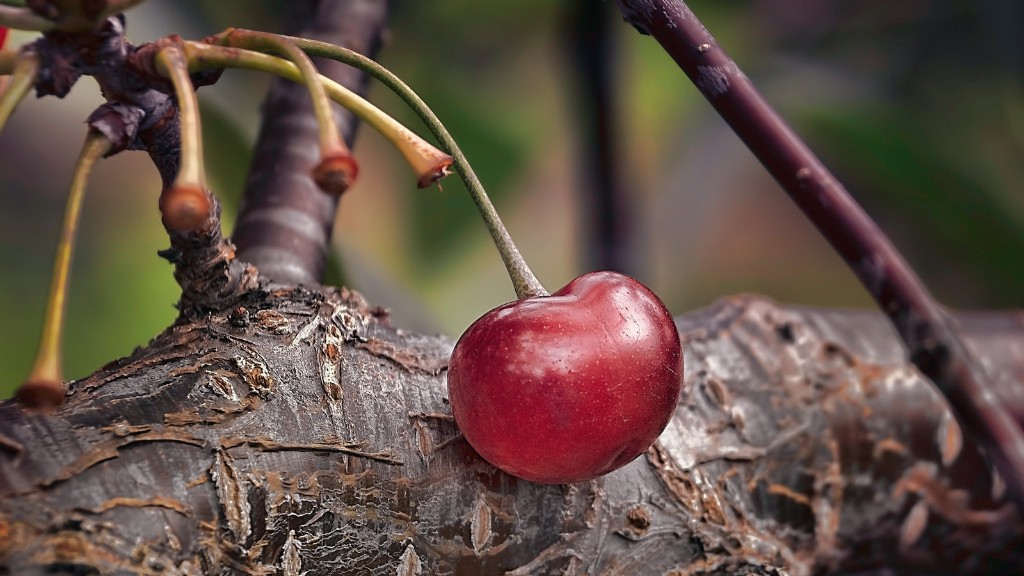Manage Tissue Damage
Palm trees, as with any plant, can suffer from tissue damage due to mechanical or weather-related events. This can lead to topping (the removal of the terminal bud of a stem), cracking, or splitting of the trunk, as well as other wounds. In most cases, wounds can be managed and treated to help the palm tree survive and tolerate the damage.
Steps to Treat Wound
The first step in wound treatment is to identify the type and extent of injury. Minor injuries, such as bark splitting or removal, can be managed with simple techniques. Medium and large wounds, such as cuts and topping, often require a more intensive approach. In most cases, a professional arborist should be consulted for help in proper diagnosis and treatment.
Once the injury is determined, there are steps to follow for effective wound treatment. Each step should be done with the tree’s health and longevity in mind, so that the tree can quickly heal from the injury and become healthy again.
Clean the wound area by removing any dead or damaged flesh, as it could cause necrosis or additional problems for the tree. Use a clean sharp cutting tool to avoid contamination and reduce the risk of infection.
Apply a top-dressing such as a pruning sealant or wound covering to protect the exposed wound area. This will help prevent infections and ensure a more even healing process by insulating the wound and preventing further damage.
Remove any dead branches or other debris that can clog the wound and impede its healing process. Additionally, branches that are out of balance with the tree’s main limbs should be cut to reduce the risk of further damage to the palm tree.
Water the palm tree regularly with moderate amounts – too much water can result in problems such as root rot and lack of nutrients, while too little will hinder the growth of new tissue.
Check that the wound treatments have been applied correctly and that no further damage has occurred. Treat any areas which have been damaged further or where infection has taken root with additional wound treatments, such as fungicides or insecticides.
Professional Assistance
If you cannot identify the extent of the wound or if it is too large to be managed with easy treatments, it is important to get professional help. Especially in cases where the palm tree is suffering from topping, splitting, or root rot, a certified arborist should be consulted for help. An arborist can diagnose the problem and determine the best course of action to take.
A professional arborist can also provide advice for proper maintenance and pruning to protect the palm tree in the future. Keeping an eye on the tree’s progress and well-being is an important part of proper wound healing and management.
Transplanting the Palm Tree
In some cases, it may become necessary to transplant the palm tree in order to maximize the tree’s chances of survival and health. If the injury is too deep and the tree is failing to respond to treatments, transplanting may be the best option. A professional arborist should be consulted before attempting transplanting.
Transplanting may be a difficult and expensive undertaking but in some cases, it is the only way to restore the palm tree to a healthy state. Depending on the size and location of the tree, it can be a challenging task that requires advanced skills and specialized equipment.
Support and Stability
In addition to the treatments and management of the wound, it is also important to provide support and stability for the palm tree. After the wound has been treated, the tree should be secured with a brace or stake to prevent further damage due to strong wind or storms. In some cases, a staking system may be needed to keep the tree upright and to provide additional protection.
The brace or stake should be made from long-lasting material, preferably stainless steel or aluminum, and should not be attached too tightly to allow the trunk plenty of movement for growth. In the case of stronger winds, additional supports may be necessary to provide more stability to the tree.
Prevention is Better than Cure
When it comes to treating wounds, prevention is always better than cure. Taking some measures to ensure that your palm tree stays healthy can help prevent damage and injuries in the first place. Establishing a maintenance routine that includes regular pruning and thinning can help reduce the likelihood of trunk splitting or cracking. In addition, proper soil and mulching can help the tree absorb nutrients more efficiently and help maintain the soil’s moisture level. Proper watering techniques should also be employed, relying mainly on natural rainfall rather than sprinklers or misting systems.
Proper fertilization is also an important part of preventing palm tree injuries. Fertilizing the tree with a balanced fertilizer every one to two years will help promote healthy growth and encourage the tree’s natural defenses against pests and diseases. Additionally, making sure that the tree has adequate room to grow, without becoming overcrowded or suffering from competition from nearby trees and plants, is important for its health.
Consider Professional Care
It is always best to seek professional advice when caring for your palm tree, even in the case of minor injuries and treatments. Professional arborists can understand the complexities of a tree better than most, and they can provide advice, care, and treatments that are specific to a particular tree and its environment. Additionally, they are familiar with the latest treatments and technologies and can offer sound advice when it comes to maintaining and caring for your prized palm tree.
Monitor Progress
Finally, it is important to keep a close eye on the tree’s progress, especially during the initial stages of healing. Check the wound periodically to make sure that the treatments are effective and that no further damage has occurred. Additionally, keep an eye out for pest infestations or diseases that could affect the tree’s health. If any problems are noticed, it is best to seek professional help for proper diagnosis and treatment.




